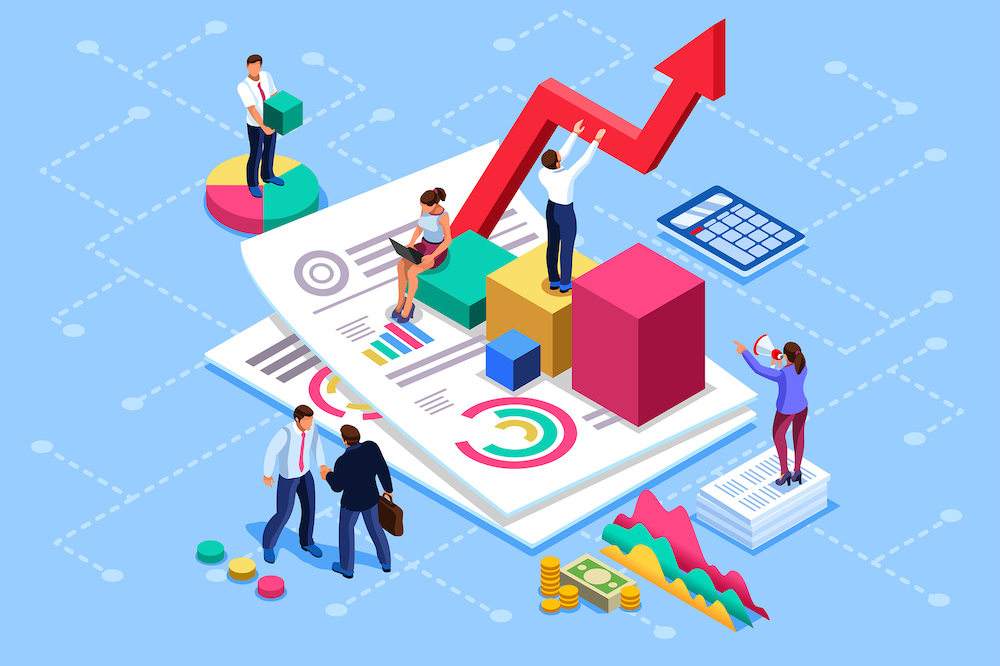
17 Jul Keep It Fresh! Update Your Proposal Data by AGS Staff
In a recent post, my colleague Michele Ryan gave a library of great data sites to bookmark and pull fresh data from. In this post I challenge you to look internally at the data you already collect within your organization or for your grant proposals and consider how to freshen it up a bit by making it more recent, more relevant, and more specific.
First, look at your organization’s data. Go through your case statement or past proposal narratives and update the institutional data that always changes year over year: numbers served, demographics, financials, etc. Consider setting a time of year to do this each year for consistency. Perhaps at the start of a new school year when you have new student information or at the end of a fiscal year when you have new financial numbers.
Take a quick look at how your organization is collecting data as well. Many organizations use the same intake forms year after year. Take a close look at the choices your clients have as where they answer questions about gender, race, and ethnicity. Are there only two options for gender? Are there options for multiracial individuals? Is there an option for someone who prefers not to answer? Updating your intake forms to be more inclusive could have a positive effect on a client’s first impression of your organization.
Disaggregating (or slicing and dicing) your data can shine a light on what you’re doing well and what you need to improve upon. If you have demographic data, and you have program outcome data such as performance data like academic outcomes, or progress data of any type, or even satisfaction data can you disaggregate this data for some really interesting realizations about your services. School districts often do this with academic performance data to examine how students of different incomes and racial backgrounds perform in comparison to their counterparts. If your organization is working hard to break down inequity, this data will shine a light on what you are doing well. Pull out that data and put it into statements you can use within your grant proposals. Perhaps more importantly, take a look at those weak spots. Bring areas for improvement to the attention of your leadership team so they understand and can make adjustments to service delivery.
The next step is to examine external data on who you are currently serving. Over time, communities and neighborhoods change. Maybe the original target population of your programs or services has shifted, and those who are currently being served by your organization are not represented well in your proposals. Who are you currently serving? Check out and compare your demographic data to that of the American Community Survey. How do your demographics compare to that of your community? You might even look at participant ZIP code data to understand more about which neighborhoods your organization serves. Pull out some fresh numbers and put together new statements of fact and don’t forget the citations. These will come in handy as you put together new proposals.
Look around for good sources of local data. You can’t say your community is in need of your services without good local data about your community. Check with your local police department, hospitals, and behavioral health centers. Most conduct needs assessments of their communities every three years on average. Results are often made public, and you can use their data within your proposals to explain the need for your services in your community.
Finally, go back through your case statement or past proposal narratives and find data you have cited about research studies, evidence-based practices, and national trends. How old is that data? How long ago was this research conducted? Go back to those original sources where you pulled the data. If available, pull new numbers and stats from those original sources.
Funders are looking to support organizations that are reflective, informed, and dynamic enough to shift strategies or services to better serve their clientele. Whether your program is new or old, funders want to see improved programming that serves certain groups more effectively. If you find out that your neighborhood or client demographics are shifting, explain that to funders as you make a case for funding. Explain how your organization is responding, and what your data shows. If you notice a weakness in your data, come up with a plan to address it, and then be honest with funders about your plan and reasoning. Assume the funder is on your side, they are giving to your cause because they truly care and want to join you in your work.
If you need help freshening up, examining, or evaluating your data, AGS is here to help. We can help you out with a short-term project like this, or other projects you don’t have the time or bandwidth to complete. Contact us today!
This BLOG is aligned with the Grant Professional Certification Institute’s Competencies and Skills
Competency #3: Knowledge of strategies for effective program and project design and development
Skill 3.6: Identify design and development decisions used to create the program/project that are data-based (e.g.,
descriptive, qualitative, environmental, statistical)
